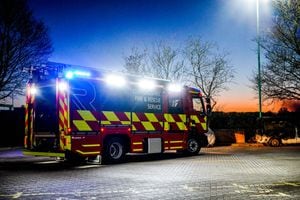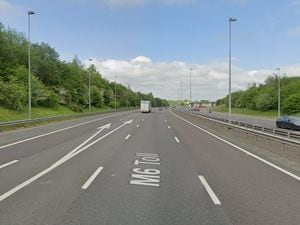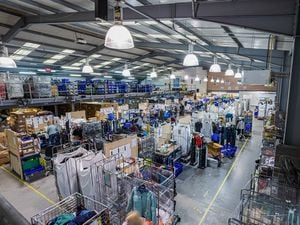First of Staffordshire fire service's new engines hit the streets
The first of Staffordshire's new £2 million high-tech fire engines will be seen across the county today.
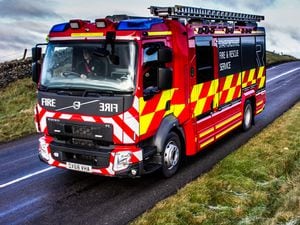
Six of Staffordshire Fire and Rescue Service's 11 Rosenbauer Advanced Technology fire appliances will be seen out and about on the streets of Hanley.
The other five vehicles have been delivered and are being tested and inspected before training will commence with crews at Cannock, Longton, Burton-Upon-Trent and Lichfield, with a view to making all of these operational over the next few weeks.
A further five vehicles are being built in Austria over the coming months and will be delivered into the Service from July onwards for use at Leek, Sandyford, Tamworth and Newcastle.
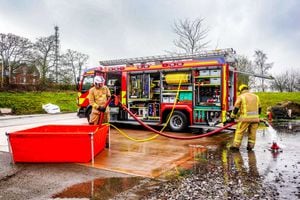
The project to deliver the new appliances started in May 2017 and involved a study of the equipment carried on the current Scania fleet, future requirements, and an investigation of new equipment available on the market.
The bespoke stowage of equipment on the new vehicles was a key factor in the design. Crews were involved throughout the development of the new appliances. All the faces of the vehicles are equipped with two cameras and a digital ‘birds-eye’ view facility is also provided.
The appliance is based on a Volvo FL270 cab and chassis and has been fitted with the Rosenbauer High End NH25 main pump. This is accessed via a lift-up glass panel which provides the pump operator with protection from the elements.
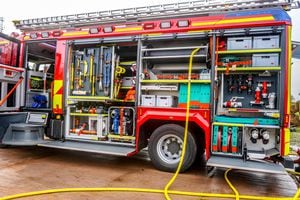
Above the rear pump bay there is an electronic traffic advisory panel which can display arrows pointing left or right, as well as the words ‘ACCIDENT’, ‘SLOW’, ‘FIRE’, ‘STOP’ and ‘ROAD CLOSED’. This facility has been a common feature on European fire vehicles for some time.
Following the delivery of training to crews the vehicles will be left on station for up to 16 days. This will allow all crews to ensure that they are fully confident and competent with the appliance and equipment before taking the decision to make it operational.
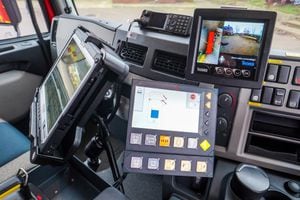
Group manager, Brian Griffiths, head of emergency response for the service, said: “The decision to move to a different chassis came following a review of our current appliances.
"The new appliances realise a saving of £30,000 each when compared to our last purchase in 2012. However, the switch has also given us the opportunity to identify ways of improving how we do things. We’ve worked closely with our crews to evaluate new and more efficient ways of working. Rosenbauer has worked closely with us to help us to make the most of all the available space on the vehicle so crews can carry more equipment with them.
“Our appliances are fitted with Euro 6 engines which are a huge leap towards cleaner transportation and reduced environmental impact. Power and fuel-efficiency are on par with Euro 5 models, but the particulate emissions are halved and oxides of nitrogen are reduced by nearly 80 per cent. As the first vehicle of its type in the UK it has been tested at the Vehicle Certification Agency test centre at Millbrook to ensure that it conforms to BS EN 1846-2 2009 firefighting and rescue service vehicles.”
